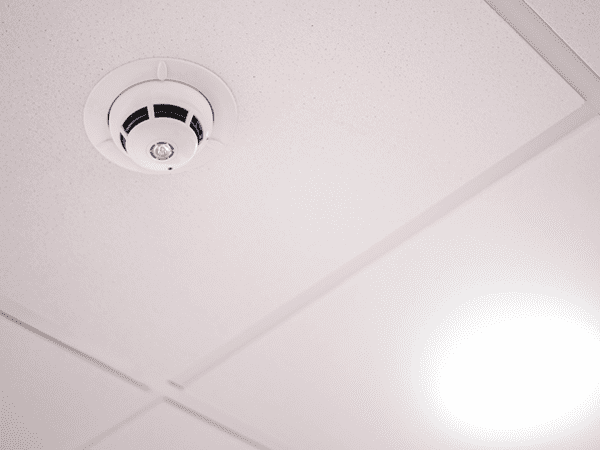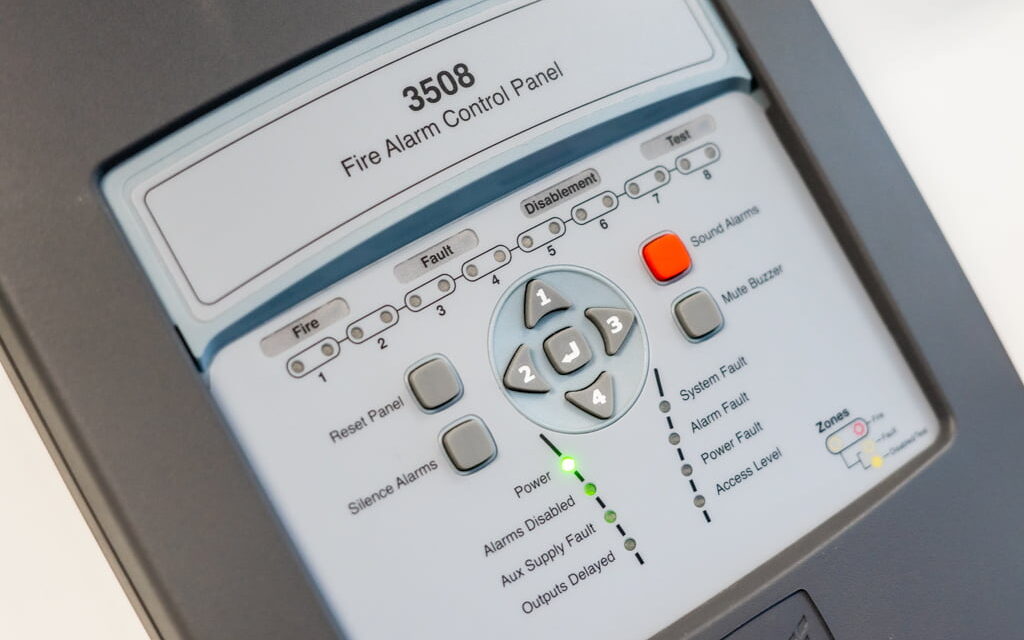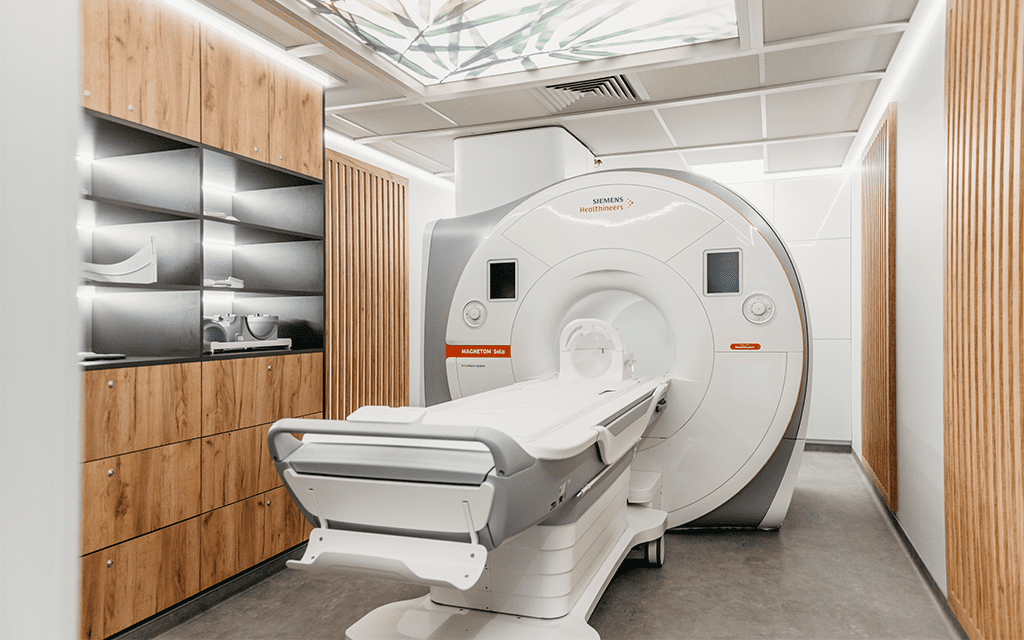Sensory Needs and Fire Alarm Systems
Fire alarms are an essential life safety system in a building, designed to alert occupants in case of a fire. However, traditional fire alarms with loud sirens and flashing lights can be problematic for individuals with sensory needs, such as autism or hearing impairments. For individuals with conditions such as autism, loud and sudden noises can be overwhelming and trigger a sensory overload, leading to panic, distress, and confusion. Similarly, individuals with hearing impairments may not be able to hear the alarm, putting them at risk of harm in an emergency. This article will discuss viable solutions for fire alarms in buildings where people may have sensory needs.
Share
Fire alarm systems have different recommendations outside of BS 5839-1 when used in specific settings, one of which is HTM 05-03, which is for fire safety in the NHS. The HTM 05-03 document outlines additional/ different recommendations to BS 5839-1 to consider when designing a fire alarm system in a health care setting due to the occupant’s various medical needs.
However, some settings, such as SEN (Special Educational Needs) schools, aren’t classed as health centres or hospitals, so HTM 05-03 isn’t a necessity. But these buildings still should consider requirements to cater for people with sensory needs. To solve these issues, many buildings now require fire alarm systems specifically designed for individuals with sensory needs. There are several ways to accomplish this, some of which might be worth considering when designing a fire alarm system.
Visual Evacuation for People with Sensory Needs
Traditionally loud noises are the go-to way of evacuating a building, but this isn’t always the best solution for all situations, and it is not a one-size-fits-all approach. In facilities where loud noises might cause distress to the occupants, then it might be best to use visual notifications. BS 5839-1 recommends using visual devices such as VIDs (Visual Indication Devices) to notify staff to start an evacuation or EN54-23 compliant VADs (Visual Alarm Devices) to instigate building-wide evacuation for the building occupants.
![]()
However, Visual alarm devices might be too bright, whereas some Visual indication devices may not offer enough light, so a designer could be left without a solution. The Protec VAD range addresses the issue by having selectable power outputs, ensuring you can dictate the amount of light each VAD outputs. In addition to this, the Protec VAD range also ensures that all light outputs are synchronised, which ensures that no strobe effect is created by VAD’s flashing at different rates resulting in photosensitive seizures.
The More, the Better?
BS 5839-1 recommends that sound pressure levels must be above 65 dBA) throughout all accessible areas of a building (relaxed to 60 in some specific areas). However, sometimes to get a constant level of 65 dBA) across a building system, designers might opt for a small number of high-output sounders to keep costs low. The problem with this is some high-output sounders could be as much as 120 dBA) which can cause severe alarm or distress to someone with sensory needs who is close to that sounder.
The ideal solution is to allow for more lower output sounders across the building to ensure sound levels stay above 65 dB(A), but it is less likely to startle or distress anyone. The Protec 6000 addressable range of sounders come with selectable tones and volumes, which can be designated from the panel. This means that only one type of sounder needs to be specified for the job while ensuring enough sounders are present to meet the required sound level for the area.
Vocalise the Evacuation for People with Sensory Needs
Another way to minimise distress is through vocalising the sound. Some systems designers might opt to use voice evacuation systems or talking sounders. The idea behind using these is that a short attention-drawing signal followed by a spoken alert or evacuation message can cause less distress to occupants. This is why spoken types of evacuation are preferred in buildings with high public footfall, such as shopping centres, Airports and football grounds.
Talking sounders and Voice Evacuation Public Address (VEPA) systems prove a valuable alternative to tone-type sounders in buildings occupied by people with sensory needs. VEPA systems can be very complex and more aimed towards a more significant establishment where evacuation might not be so straightforward, so the fire microphones and paging system allow for bespoke messages to be broadcast. These systems must also be accompanied by Visual Alarm devices provided by the fire alarm system.

But in a small, more straightforward building, a full-blown VEPA system might be excessive for a small school, so a more cost-effective solution would be that of talking sounders. The Protec 6000PLUS sensor/sounder range offers a Talking Sounder VAD, which means you can have both the spoken message of a VEPA system, and the visual alert needed for people with hard of hearing, reducing the type and number of devices to specify on a project.
Take the Alarm with You
One more discreet way of getting a fire notification is using pagers. These handheld portable devices can notify a staff member about a fire in the building without causing widespread distress. When a message/vibration alerts the staff, they can instigate the evacuation or start the fire strategy process. The Protec 6500 comes with full RS232 capabilities enabling connection to selected third-party pager systems such as the PageTek Pro or Deaf Alerter.
Finally
Overall, it’s crucial for building managers and consultants to consider the needs of all occupants, including those with sensory needs, when designing fire alarm systems and emergency procedures. By doing so, they can ensure that everyone can evacuate safely and efficiently in case of a fire or other emergency. If you have a project that should consider people with sensory needs and would like some advice or a quotation that considers all the above topics, then contact our sales team today, and they will be more than happy to assist you.












